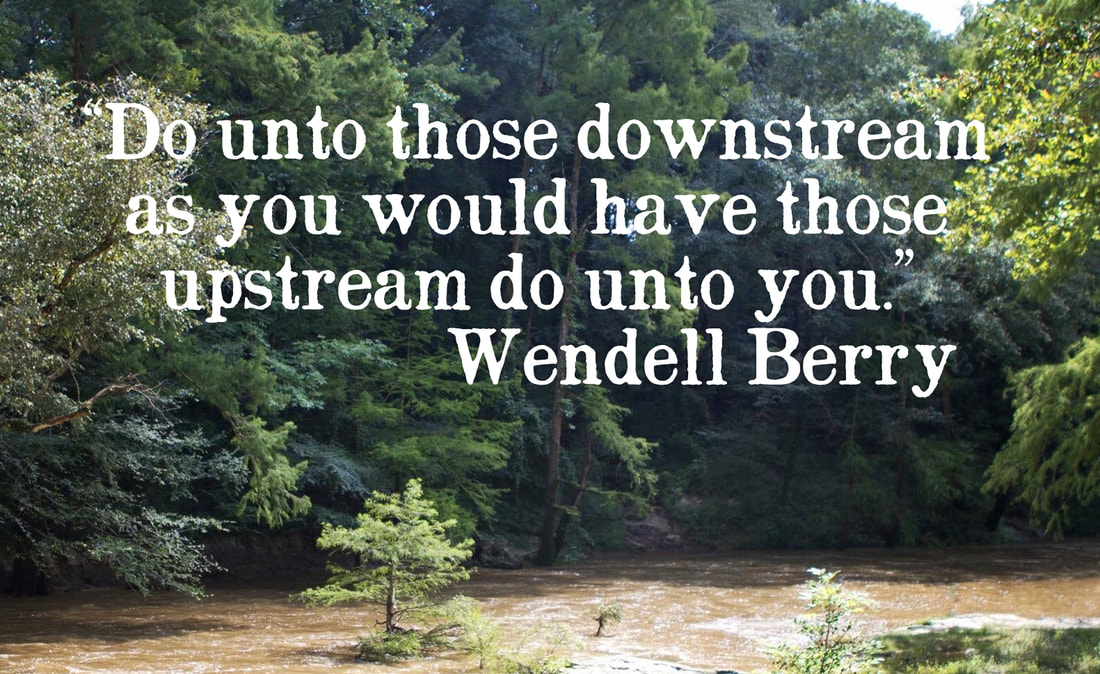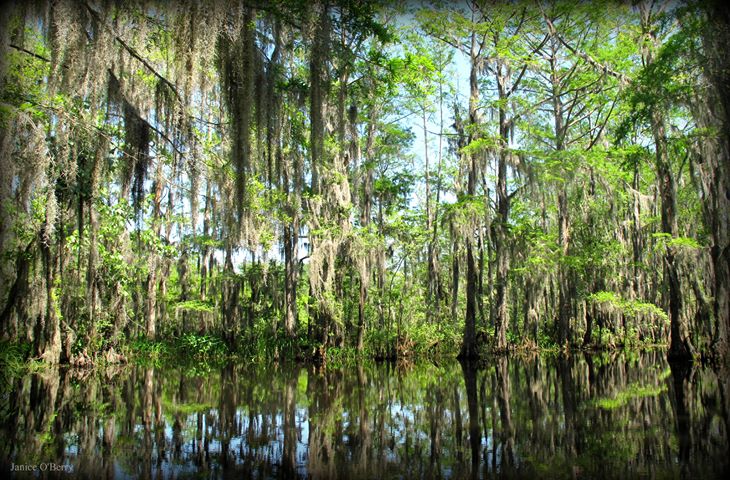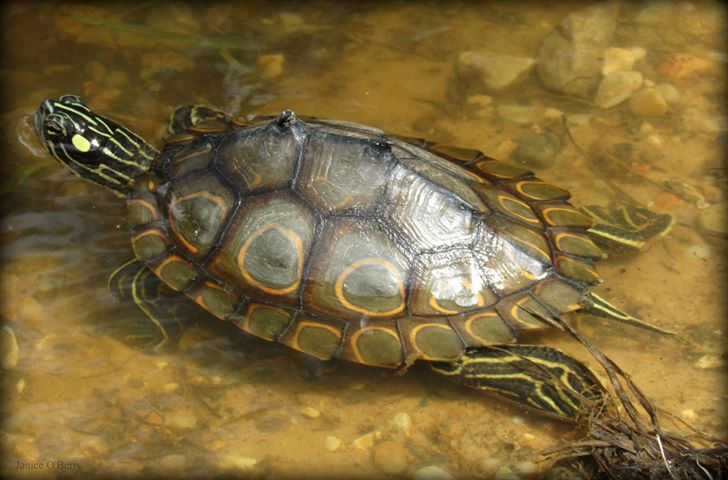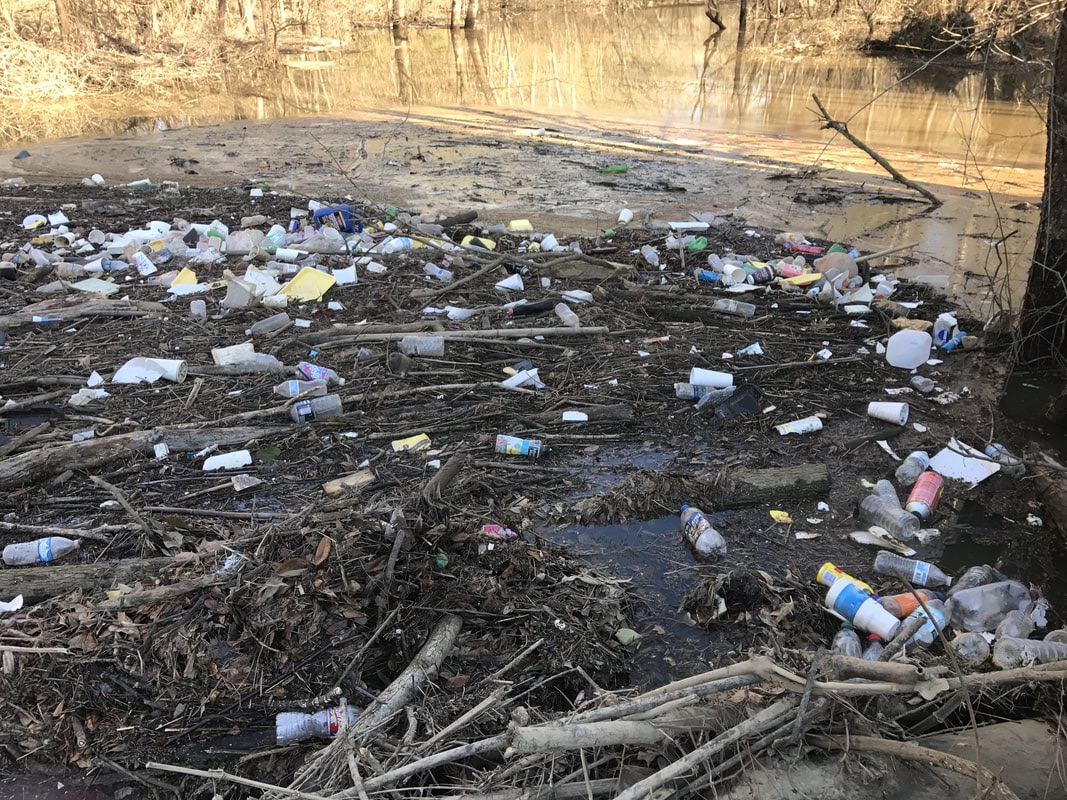One Lake Impacts
|
What is the One Lake project?
The Rankin-Hinds Pearl River Flood and Drainage Control District, in cooperation with the Pearl River Vision Foundation, has sponsored a Draft Environmental Impact Statement (DEIS) and design study for a new dam and commercial development area 9 miles south of the current Ross Barnett Reservoir Dam. The goal of this One Lake project is the dredging of the Pearl River to widen, deepen and straighten an additional 10 miles of waterway for commercial development opportunities. The project will destroy 1,500 acres of productive wetlands. |
|
Economic Impacts
Potential negative impact to the MS seafood industry
|
“Approximately 97 percent of the commercially harvested oysters in Mississippi come from the reefs in the western Mississippi Sound, primarily from Pass Marianne, Telegraph and Pass Christian reefs. Mississippi’s major oyster reefs are concentrated along the extreme western part of the Mississippi Sound, south of Pass Christian. The fresh water coming into the Sound from the Pearl River keeps the salinity at a favorable level for oysters.” Army Corps of Engineers |
Potential negative impact to Gulf restoration projects
- $50 million marsh, oyster and shoreline restoration project at Heron Bay in Hancock County, MS relies on freshwater flow from the East Pearl River
High costs to taxpayers
- $8 million in taxpayer money already spent on feasibility studies
- Potential $95 million in state loans and grants to the Rankin-Hinds Pearl River Flood and Drainage Control District (HB 1631, pending, 2018 Legislative session)
- $133,770,000 federal authorization (not appropriation) to the project (2007 Water Resources Development Act)
- Increased property taxes in and around Jackson (HB 1585, 2017 MS Legislative session, gave the Rankin-Hinds Pearl River Flood Control and Drainage District authority to raise property taxes for owners they determine are "directly or indirectly benefited by the project.")
- Potential additional costs to taxpayers for the ongoing maintenance of the lake and dam
- Costs to relocate and/or rebuild infrastructure impacted by the project such as roads, bridges, storm/waste water, and landfills.
- Questionable flood control benefits and the potential to increase flooding in other areas of the watershed
Increased costs to Pearl River businesses holding discharge permits
- Nearly 100 discharge permits have been issued in Mississippi downstream from Jackson and 8 in Louisiana
- Businesses such as International Paper, Georgia-Pacific and our municipal sewage treatment plants rely on stable freshwater flow and adequate dilution of their discharges
"Many of the plans for flood control in the Jackson metro area mix flood control with economic development. The plans incorporating economic development cost more than levees." PEER report 540
|
Environmental Impacts
The environmental costs of river dams are well known, which is why so many are being removed across the US. The One Lake project is a throwback to a time when such impacts took a backseat to development. These impacts include:
|
|
- The Pearl River currently provides natural flood control, cleanses water before it reaches the Gulf coast and recharges our underground aquifers that supply water for drinking, irrigation, industry and wildlife and fisheries.
- Damages downstream. The main river channel along the state line of Mississippi and Louisiana is already seriously degraded by reductions in flow, and any additional loss would affect currents, water levels and water quality in all of the river's downstream backwaters and outlets. Damming and altering the hydrology of the river could exacerbate the downstream bank erosion and channel scouring that is already occurring due to the affects of the Ross Barnett Reservoir Dam.
- Disruption of Hazardous, Toxic and Radiological Waste (HTRW) Sites located in the project area.
"An impoundment for flood control of the Pearl River within ringed map turtle habitat at Jackson, Mississippi, south of the existing Ross Barnett Reservoir has been considered." "If the proposed reservoir is completed, it would likely result in the extirpation of the known ringed map turtle population at this location."
US Fish & Wildlife Service, Ringed Map Turtle, 5 Year Review
US Fish & Wildlife Service, Ringed Map Turtle, 5 Year Review
|
Water Quality Impacts
The many urban creeks draining into the One Lake impoundment area carry trash pollution as well as sewage leaks and excess nutrients that will stagnate in the Lake instead of being flushed and diluted downriver. 2 discharge outfalls from Jackson's water treatment plant, permitted to release aluminum, chlorine and other wastes, also empty into the proposed impounded area. As a result of its sluggish flow during low water and the influx of contaminants during thunderstorms, the Lake's water quality could at times more closely resemble that of a catfish pond than the Ross Barnett Reservoir. With a weak current that would largely stagnate during droughts, and the potential for algae blooms, the Lake could become soupy and green, and combined with visible oil sheens, would be unattractive for recreation or development. |
|
4 Ways Dams Damage Rivers
In 2017 alone, 86 dams were removed, bringing the number of dams removed across the country since 1912 to 1,492. Check out a map of U.S Dams removed across the U.S. at American Rivers. |
"The record number of dams removed in 2017 shows that more communities see clean, free-flowing rivers as vital to their health, economy and future." Bob Irvin, President of American Rivers |
1. DAMS BLOCK RIVERS: Dams block the migration of fish, such as the federally threatened Gulf sturgeon which moves up and down the Pearl River to spawn. Dams also deplete rivers of oxygen, further impacting the health of fish populations.
2. DAMS SLOW RIVERS: As a river widens, its velocity slows and sediment drops out of the water. The sedimentation caused by the slow-moving water not only silts up the Lake or Reservoir but also removes much of the sediment needed for healthy coastal estuaries.
3. DAMS ALTER HABITAT: Dams fragment and destroy existing habitat like the sandbars that the threatened Ringed map turtle need for life. Another threatened species that would be impacted is the threatened inflated heel splitter mussel, an important link in the food web of the Pearl River and a species capable of naturally filtering and cleaning our river water.
4. DAMS IMPACT WATER QUALITY: The large surface area and decreased movement in dam-produced Reservoirs causes a rise in water temperature which can lead to algae blooms and decreased oxygen levels. Increased evaporation and loss of water quantity is also a factor. The organic matter created by algae blooms decays in the Reservoirs, releasing methane, a greenhouse gas more impactful than carbon dioxide. The many urban creeks that would drain into One Lake bring plastic pollution, sewage leaks, and excess nutrients that will stagnate in the Lake instead of being flushed and diluted downriver.
2. DAMS SLOW RIVERS: As a river widens, its velocity slows and sediment drops out of the water. The sedimentation caused by the slow-moving water not only silts up the Lake or Reservoir but also removes much of the sediment needed for healthy coastal estuaries.
3. DAMS ALTER HABITAT: Dams fragment and destroy existing habitat like the sandbars that the threatened Ringed map turtle need for life. Another threatened species that would be impacted is the threatened inflated heel splitter mussel, an important link in the food web of the Pearl River and a species capable of naturally filtering and cleaning our river water.
4. DAMS IMPACT WATER QUALITY: The large surface area and decreased movement in dam-produced Reservoirs causes a rise in water temperature which can lead to algae blooms and decreased oxygen levels. Increased evaporation and loss of water quantity is also a factor. The organic matter created by algae blooms decays in the Reservoirs, releasing methane, a greenhouse gas more impactful than carbon dioxide. The many urban creeks that would drain into One Lake bring plastic pollution, sewage leaks, and excess nutrients that will stagnate in the Lake instead of being flushed and diluted downriver.
"dams and river diversions have proven to be primary destroyers of aquatic habitat, contributing substantially to the destruction of fisheries, the extinction of species, and the overall loss of the ecosystem services on which the human economy depends." Sandra L. Postel, BioScience, Aug 98
Pearl Riverkeeper asks that everyone make his or her own decision regarding the One Lake project using sound science and engineering. We encourage the review and thorough analysis of all available information. We welcome comments and feedback. Please email Pearl Riverkeeper or visit our Facebook for comment space. Our publishing, or re-publishing, of anyone else's research or opinions is not an endorsement on our part of those conclusions.





